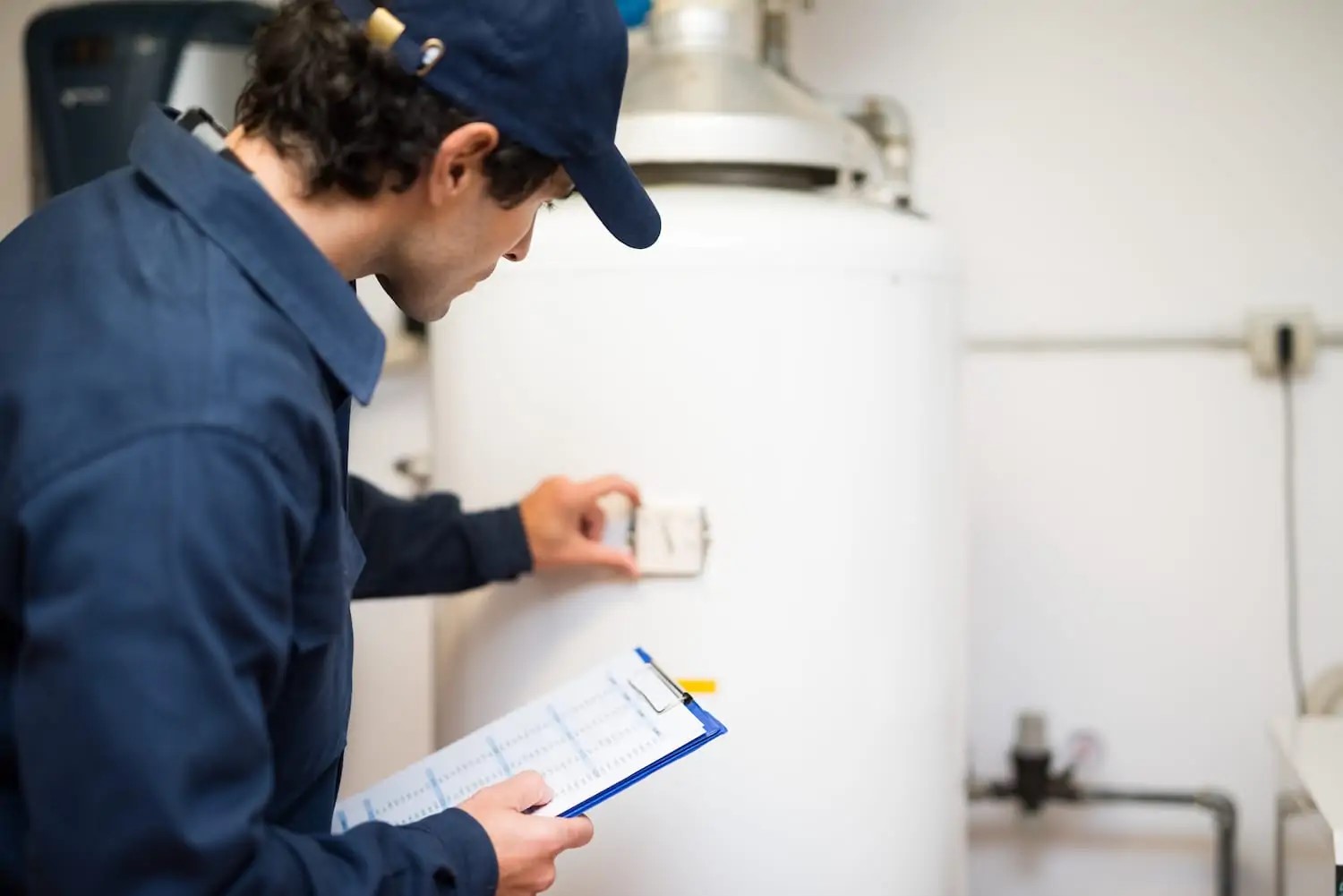It’s easy to take your home’s plumbing system for granted. That is, until you notice issues with the way water enters or exits your home. Many common piping, faucet, and drain problems result from buildup within your pipes.
Luckily, a professional drain cleaning can often resolve minor issues completely and prevent serious clogs, backflow issues, and pipe corrosion. But how do you know it’s time to schedule a cleaning?
In this blog, we list six of the most common warning signs that debris is beginning to affect your pipes’ function.
1. Backflow
When water bubbles back into your sink, shower, or tub, it means that the drainage doesn’t have a clear path. You may notice backflow in an appliance while you use it. For example, water may back up in one side of your kitchen sink while you wash dishes on the other side.
However, backflow may also appear in an unconnected drain. For example, you may see water come up in your shower when you flush the toilet.
2. Blocked Drains
If you notice standing water in an appliance, you likely have a developed clog near the entrance of that particular drain. When a pipe becomes completely blocked off, you will not be able to drain any water from that access point.
Sometimes, you can restore drainage by removing the accessible portion of a clog. For example, you can usually pull some hair out of a shower drain to get water flowing again. However, if you notice a complete blockage, you should schedule a cleaning to ensure that more buildup isn’t hiding just out of reach.
3. Empty or Overflowing Toilet Bowl
The water that fills your toilet tank and bowl comes from the same source as the rest of your water. If a blockage occurs, you may not have enough water to supply all your appliances. This shortage can result in an empty or mostly empty toilet bowl.
If the blockage is in your outgoing plumbing, the water in your toilet might not have anywhere to go when you flush. Both these instances require immediate drain cleaning in most cases.
4. Localized Drain Odor
While some drain buildup causes no odor, the most common clog causers create a distinct, localized stench that comes up through your drains. If you notice an unpleasant smell around a specific appliance, especially a sink or the tub, you likely have drain buildup that consists of food, organic waste, or other smelly materials.
5. Low Water Pressure
Not all drain obstructions occur in exit pipes. You may also notice issues with source points, such as your showerhead or sink faucet. These obstructions often consist of natural buildup, such as hard water minerals.
If you notice a distinct drop in water pressure that affects only one appliance, a clog is likely blocking a portion of that piping.
6. Slow Draining
Before a drain becomes blocked entirely, you may notice a difference in how water flow through it. If you find water pooling around your feet when you shower, you likely have an obstruction in that drain.
As with fully blocked drains, you may have some luck removing visible clogs to speed up how fast an appliance drains. However, most pipe blockages leave debris and residue which you can only remove via professional drain cleaning.
If you notice any combination of the indicators listed above, have an expert plumber inspect your pipes. You likely have food, plant matter, or waste hanging around in your pipes. Leaving these issues unaddressed can lead to serious plumbing emergencies, including flooding and even black water backflow.
Keep your plumbing in good order by watching for these signs and scheduling drain cleaning services when needed.









